Father Time waits for no one — and that includes film.
I was talking with a friend of mine, one of the last camera repairmen in Riga. More about him later — I plan to write an article about his life during the Soviet Union era. For now, let’s return to the topic at hand.
Ivars owns a healthy amount of expired Soviet black-and-white and color film. He offered me five rolls ranging from ISO 64 to ISO 160. At first, I hesitated. But after a little thought, I was sold on the idea of shooting expired film.
This film dates back to 1980 — over 45 years old. I was born in 1968, so most of my childhood and teenage years were spent seeing the Soviet Union as the sworn enemy. Growing up in Puerto Rico, our neighboring island of Cuba had close ties with the Soviets.
Fast forward to 1989 — the Berlin Wall fell in a largely peaceful manner, thanks to the efforts of President Ronald Reagan and the last President of the USSR, Mikhail Gorbachev. By December 1991, the USSR flag was lowered for the last time, and the union was formally dissolved.
During the Soviet years, photographic film was produced mainly by Svema in Ukraine and Tasma in Kazan, Russia. Black-and-white film was the backbone of the industry. It was cheap, widely available, and had many uses. Some common types were Svema Foto 64, 125, and 250 for everyday negatives, along with Svema FN 32 and Tasma NK-2, NK-19. One detail I learned from Ivars: in those days, Soviet film didn’t come in canisters. If you wanted to shoot, you had to get a reusable one.
After the collapse of the USSR, Svema collapsed as well. Film had been subsidized by the government, but when that support vanished, so did the company.
In June 2010, while serving in the U.S. Army and stationed in Bamberg, Germany, I was selected at the last minute to visit Latvia. I fell in love with Riga. Five years later, in July 2015, I moved here from Doha, Qatar, and I’ve been living in Latvia ever since. Winters are cold, summers are mild, and the daylight is extreme: short in winter, endless in summer. June 21, the longest day of the year, is something you have to see.
Now to the main subject of this article — Cinevilla.
Cinevilla is an outdoor film studio built for the movie Defenders of Riga (set in 1919). It’s the largest open-scale backlot in Latvia, spanning 150 hectares with canals, bridges, a church, and pavilions. Construction started in 2004, driven by Latvian entrepreneur and filmmaker Andrejs Ēķis.
A week ago, I took a roll of Svema ISO 64 to Cinevilla. My goal was simple: shoot the entire roll and hope for the best. I was advised to expose the film at ISO 25 to give it the best chance. I believe it worked.
This was also my first time being directly involved in developing film. Ivars tried his best to guess the development time, and while it worked, he wasn’t satisfied. He later shot a new roll, developed it with a different sequence, and got better results.
My next plan is to take another roll of Svema ISO 64 and head to Tallinn, the capital of Estonia, hoping for a sunny day.
I shot this first roll with the Nikon FE2 and one of my favorite lenses, the Nikon 28mm f/2.8 AIS. I hope you enjoy the images that came out of this experiment with 45 years old Soviet film.
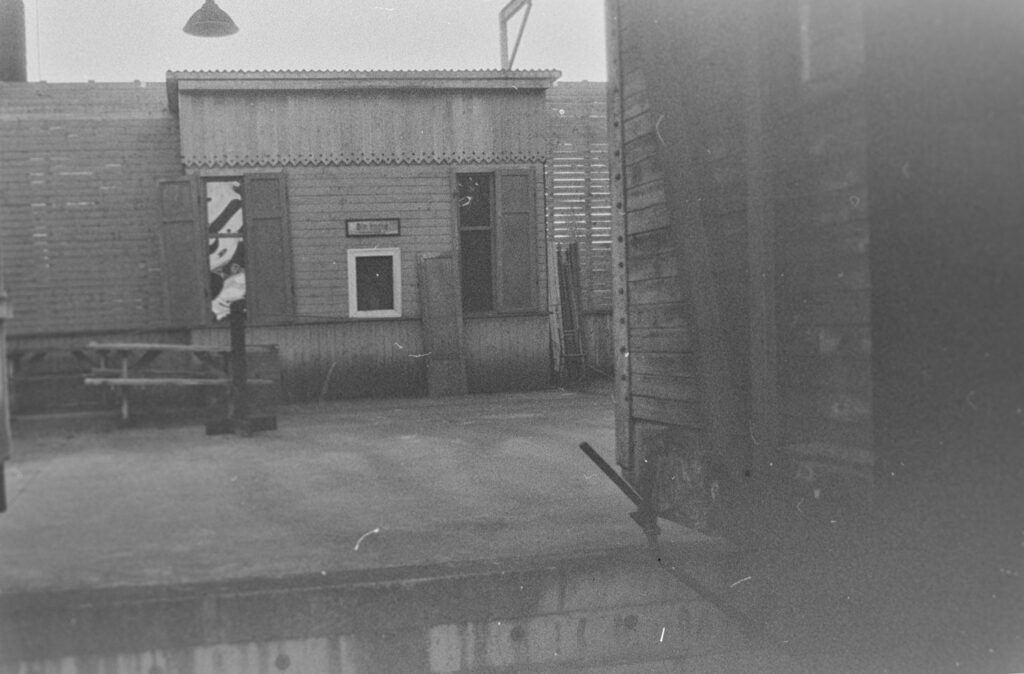
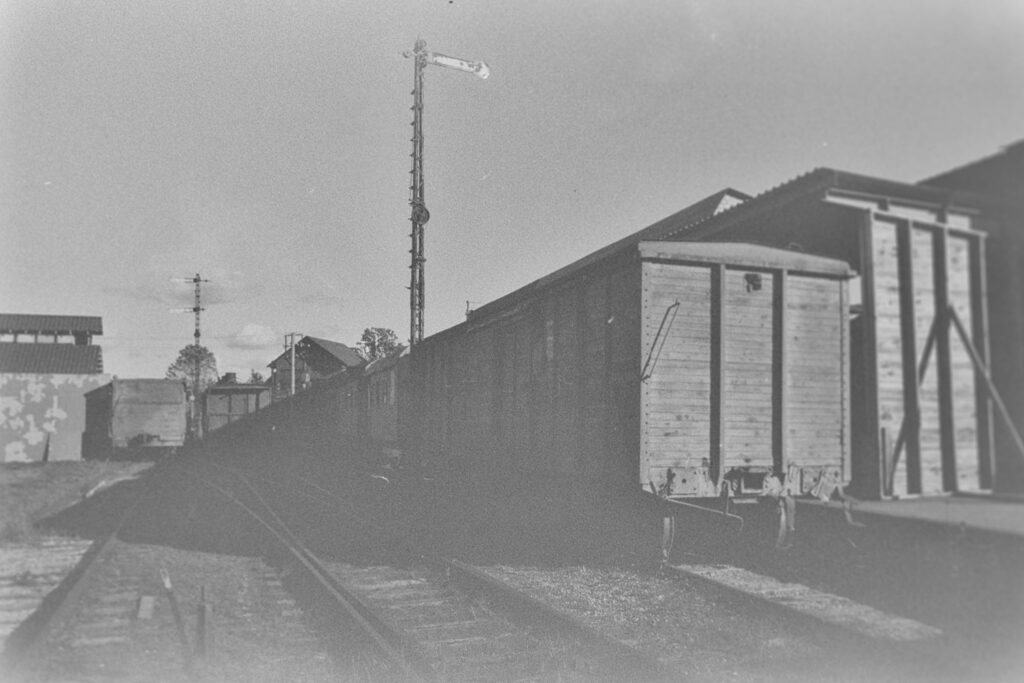

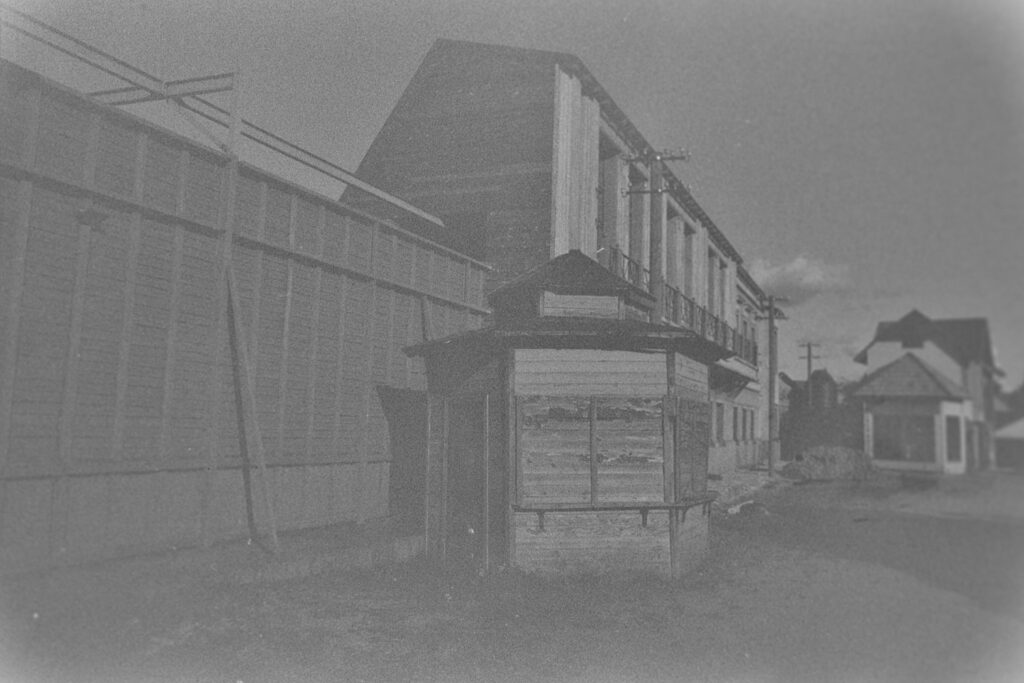
Thanks for your time.
You can find me on Instagram filmdrollo or in my website flo-pic.picfair.com https://florro68.github.io/felix-portfolio/#home
Share this post:
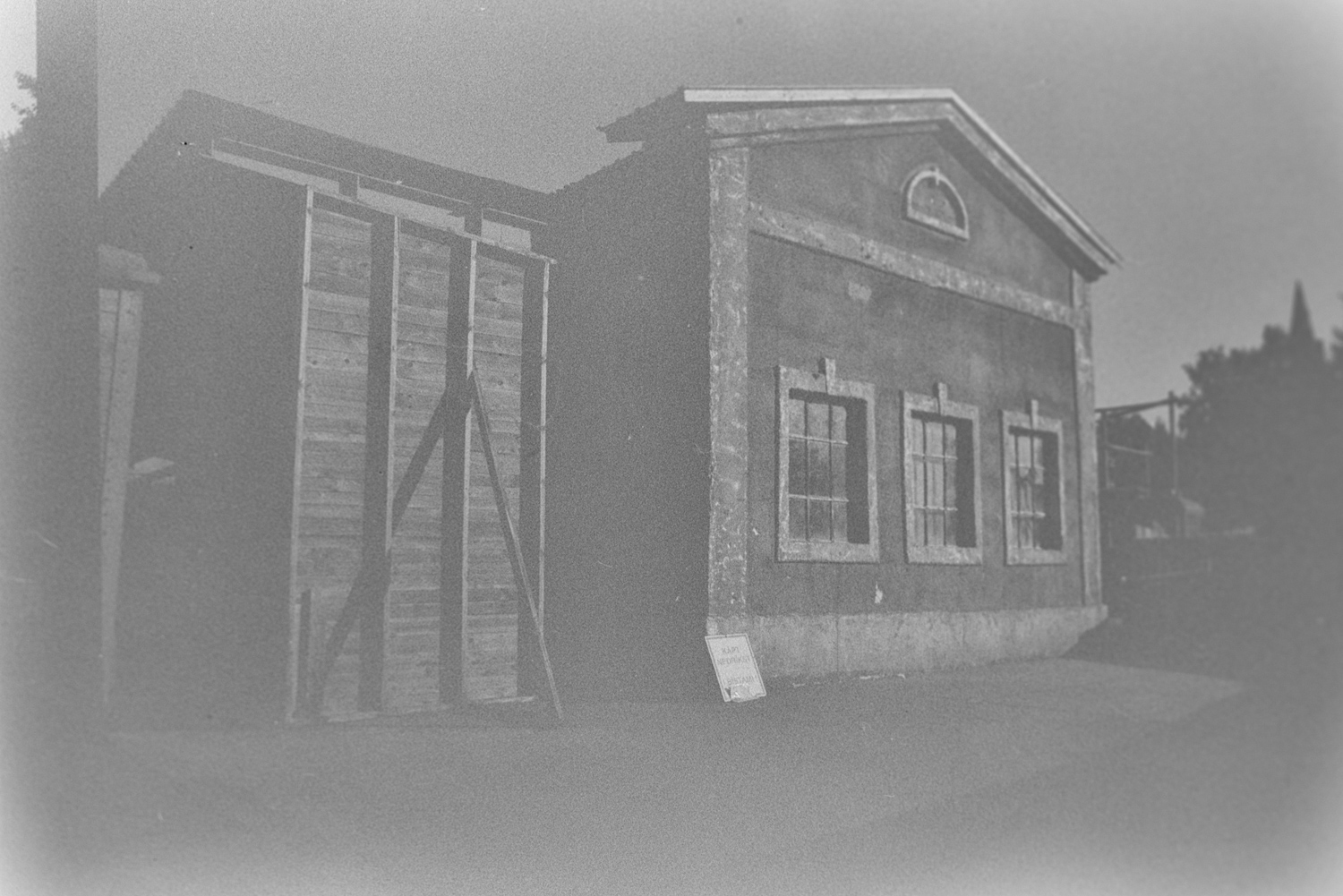
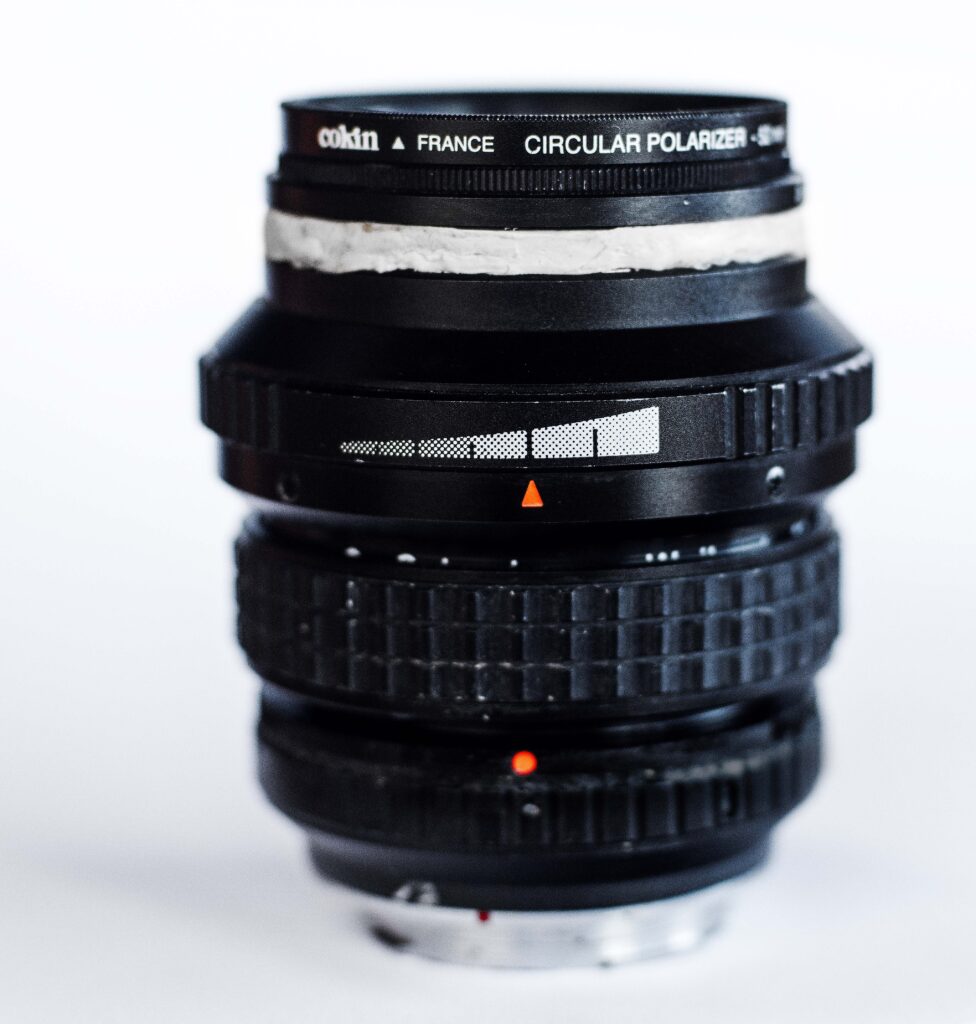
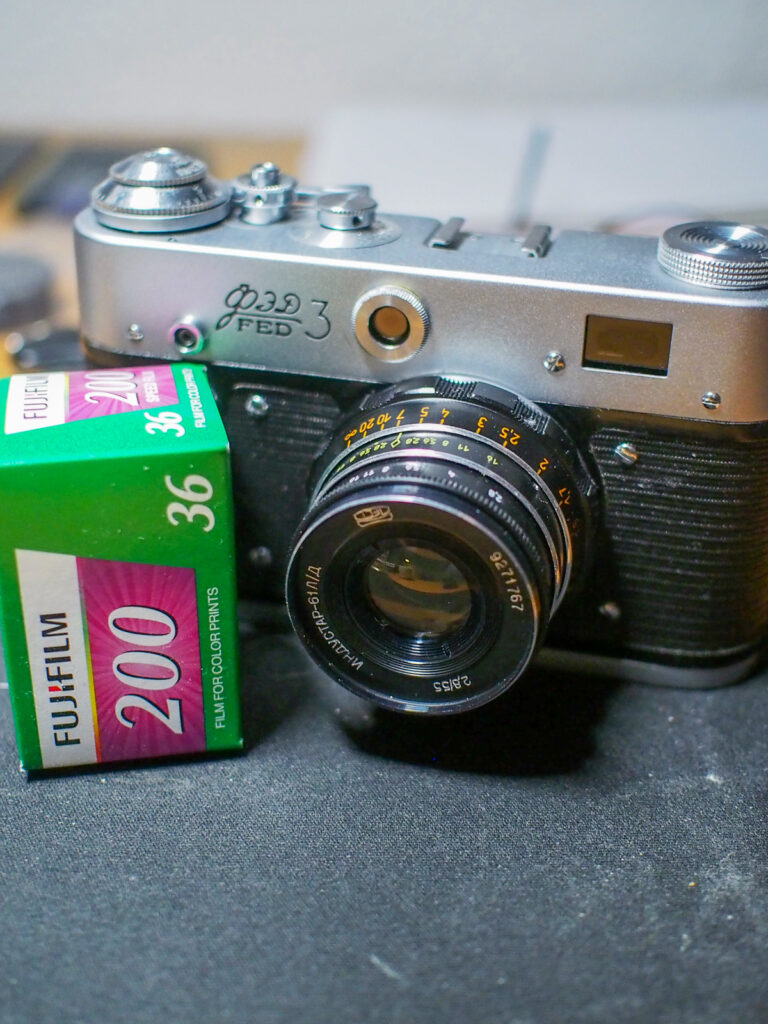
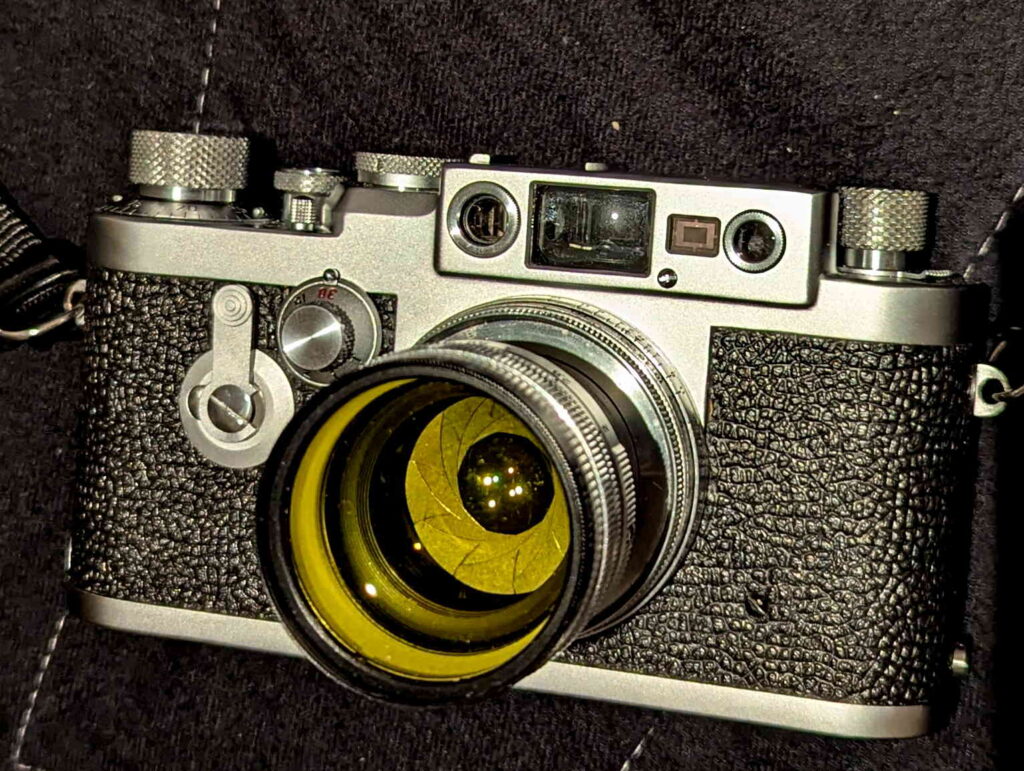
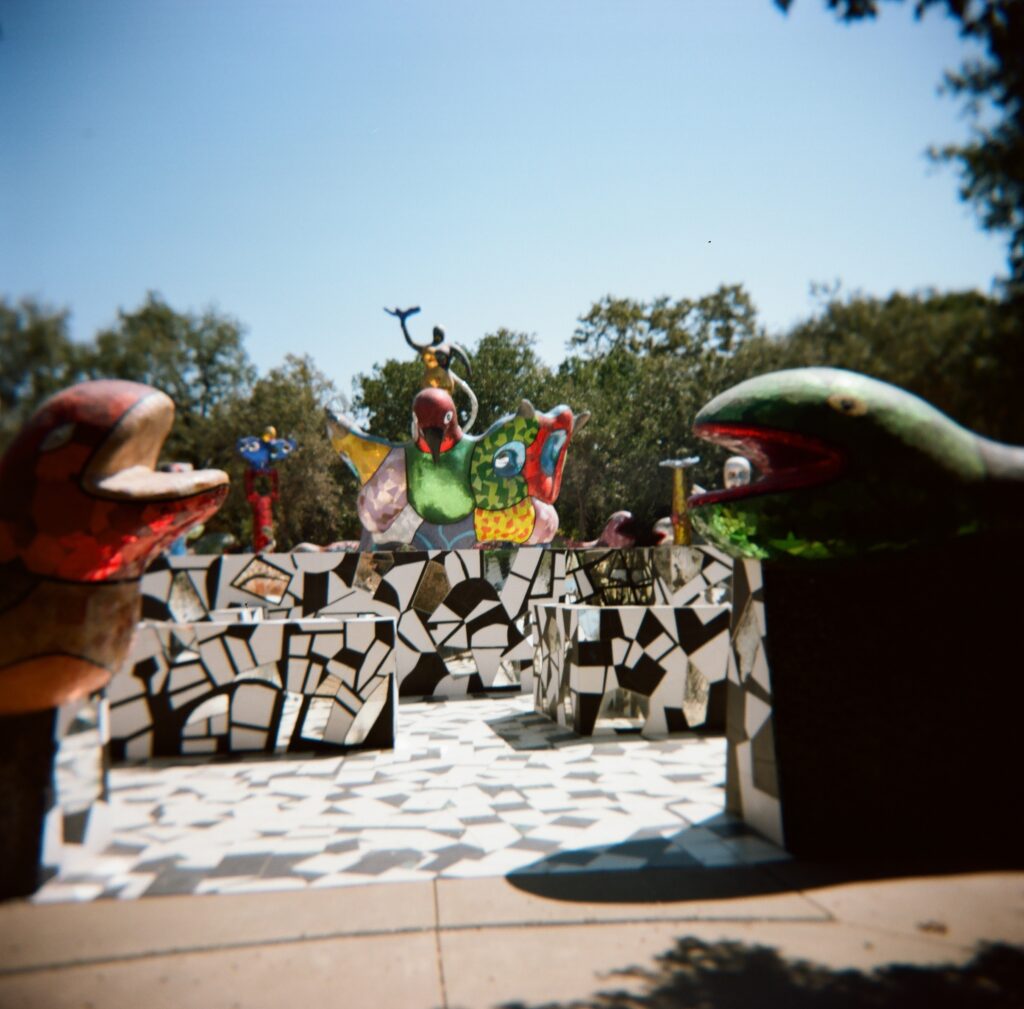
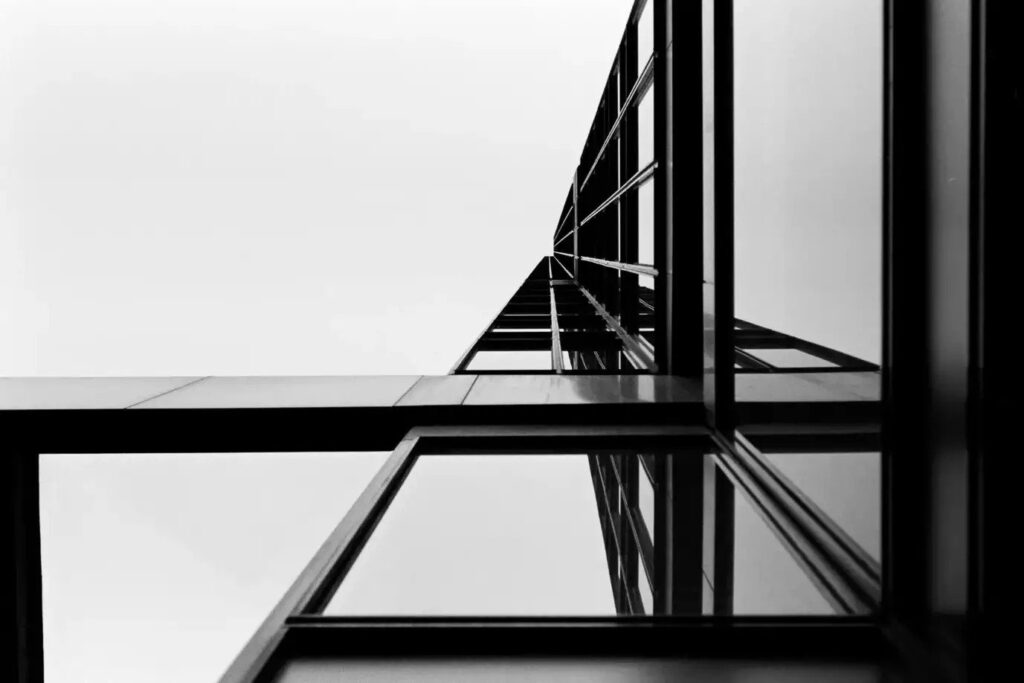
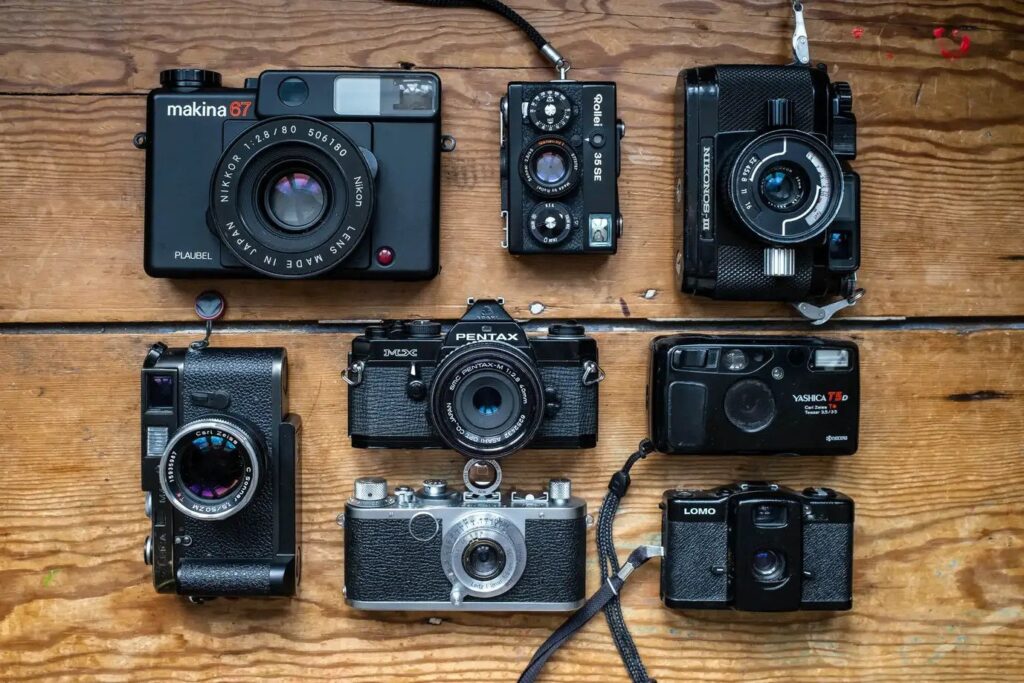
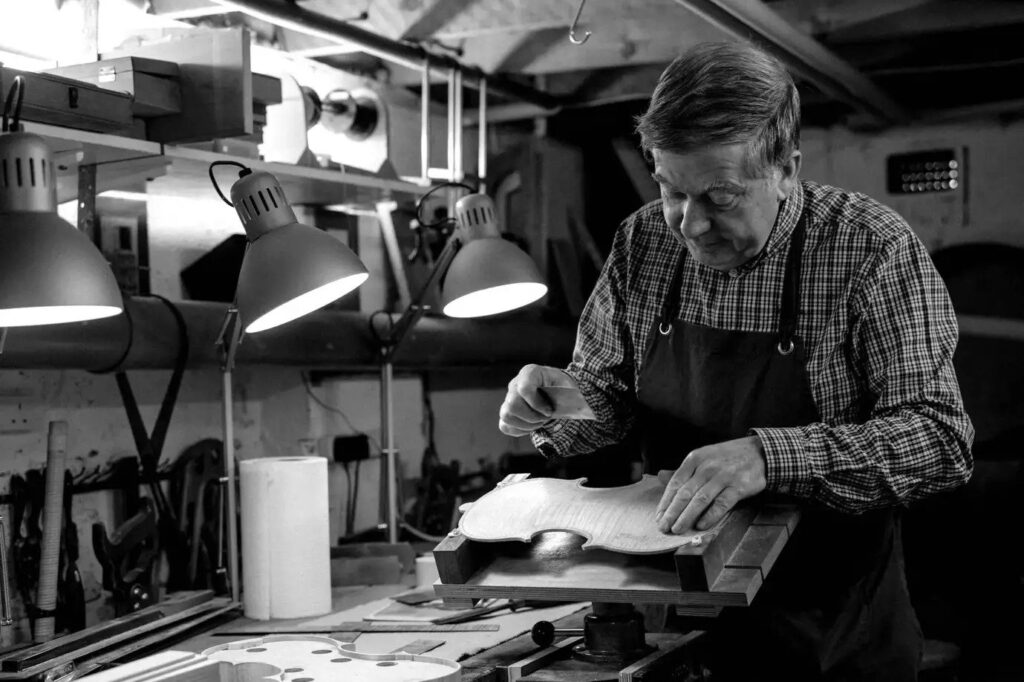
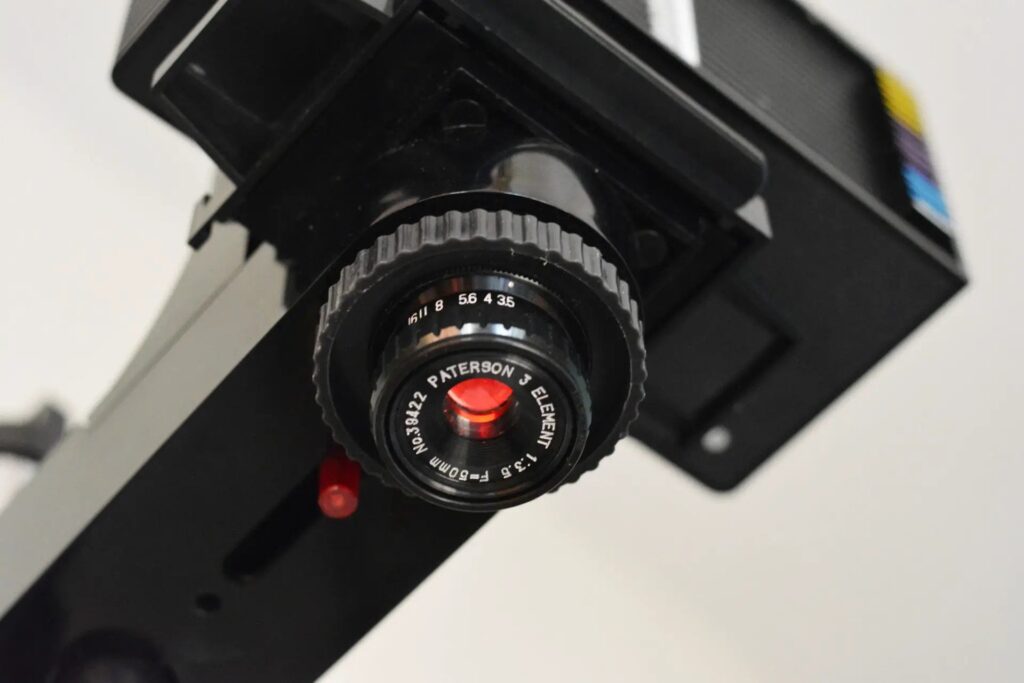
Comments
Alastair Bell on 5 Frames with Expired Soviet Svema ISO 25 at Cinevilla, Tukums, Latvia
Comment posted: 22/10/2025
Benjamin Chan on 5 Frames with Expired Soviet Svema ISO 25 at Cinevilla, Tukums, Latvia
Comment posted: 22/10/2025
Comment posted: 22/10/2025
Gary Smith on 5 Frames with Expired Soviet Svema ISO 25 at Cinevilla, Tukums, Latvia
Comment posted: 22/10/2025
Your shots in the studio lot seem to benefit from the expired film as the lot itself is likely expired as well.
Thanks for posting Felix!
Comment posted: 22/10/2025
Marcus Gunaratnam on 5 Frames with Expired Soviet Svema ISO 25 at Cinevilla, Tukums, Latvia
Comment posted: 22/10/2025
Comment posted: 22/10/2025
Omar Tibi on 5 Frames with Expired Soviet Svema ISO 25 at Cinevilla, Tukums, Latvia
Comment posted: 23/10/2025
It's a shame that Svema died with the USSR. While far from perfect I really like the different look of these Eastern bloc films, and I'm always in favor of more competition. Aside from hard-to-find Tasma technical films (only available via Astrum/Svema & Dragonfilm), I think only Foma and ORWO films still maintain that style.
Very excited to see how Tallinn goes! I've wanted to visit the Baltics for a long time and Estonia has been at the top of that list. Thanks again for sharing your story!
Comment posted: 23/10/2025
Comment posted: 23/10/2025
Comment posted: 23/10/2025
Indrek on 5 Frames with Expired Soviet Svema ISO 25 at Cinevilla, Tukums, Latvia
Comment posted: 23/10/2025
Comment posted: 23/10/2025